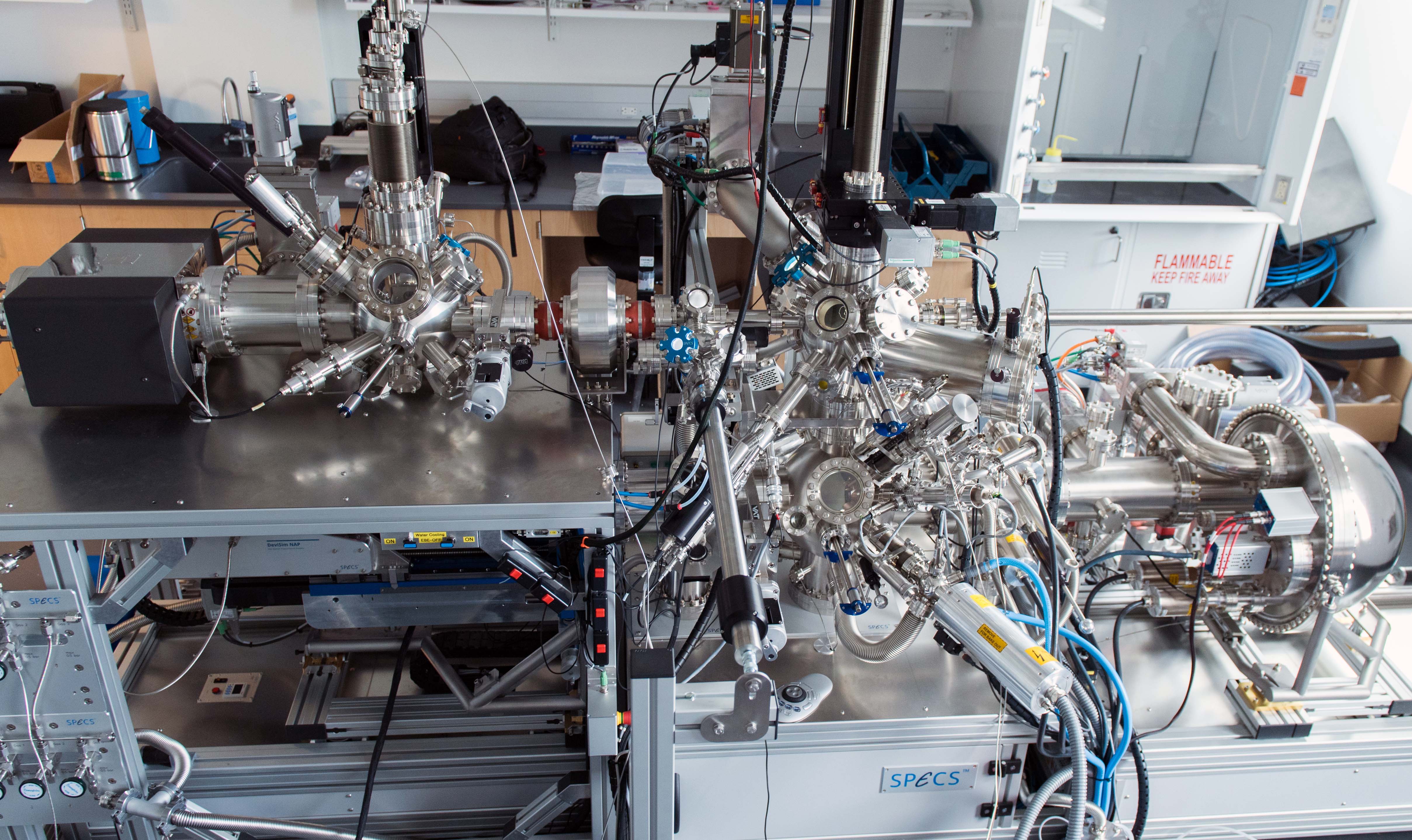
AP-XPS Capabilities:
AP-STM Capabilities:
Preparation Chamber Capabilities:
Available gases:
Other gases can be considered upon discussion with the APSCL surface scientist.
When publishing research involving experiments conducted at the APSCL, please include the following text in the acknowledgments: “Part of this work was conducted at the Northwest Nanotechnology Infrastructure, a National Nanotechnology Coordinated Infrastructure site at Oregon State University which is supported in part by the National Science Foundation (grant NNCI-1542101) and Oregon State University.”
If the AP-XPS/AP-STM system was used, please include the following text in the acknowledgments: “Acquisition of the Ambient-Pressure X-ray Photoelectron Spectroscopy/Ambient-Pressure Scanning Tunneling Microscopy system was supported by the National Science Foundation-Major Research Instrumentation program (grant DMR-1429765), the M. J. Murdock Charitable Trust, Oregon BEST, Oregon Nanoscience, and Microtechnologies Institute, and Oregon State University.”